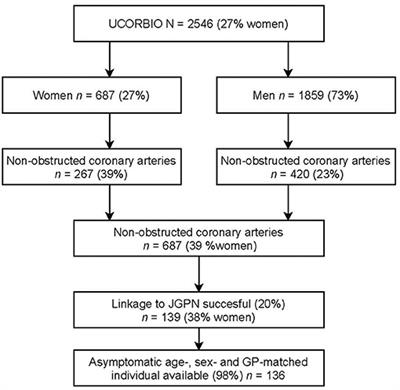MINI REVIEW
Published on 17 Nov 2021
Gender-Related Differences in Chest Pain Syndromes in the Frontiers in CV Medicine Special Issue: Sex & Gender in CV Medicine
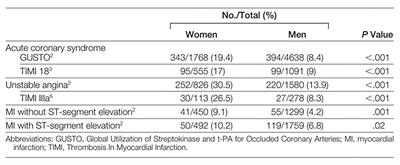
doi 10.3389/fcvm.2021.744788
- 6,226 views
- 17 citations
8,730
Total downloads
36k
Total views and downloads
You will be redirected to our submission process.
MINI REVIEW
Published on 17 Nov 2021

REVIEW
Published on 02 Nov 2021
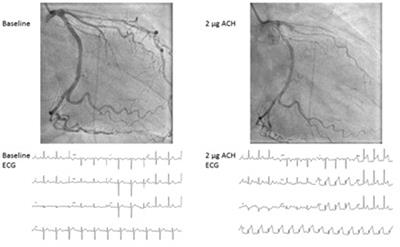
REVIEW
Published on 29 Oct 2021
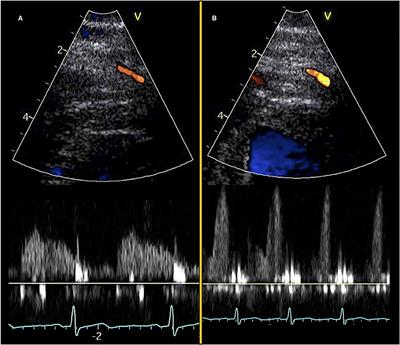
ORIGINAL RESEARCH
Published on 14 Oct 2021
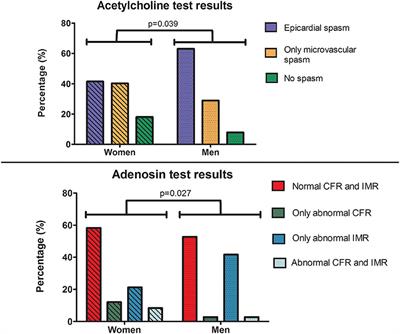
METHODS
Published on 08 Oct 2021
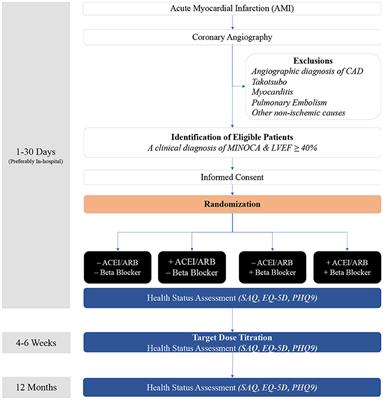
METHODS
Published on 30 Sep 2021
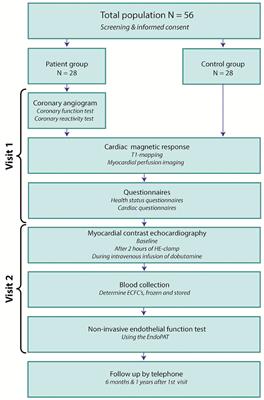
ORIGINAL RESEARCH
Published on 09 Jun 2021
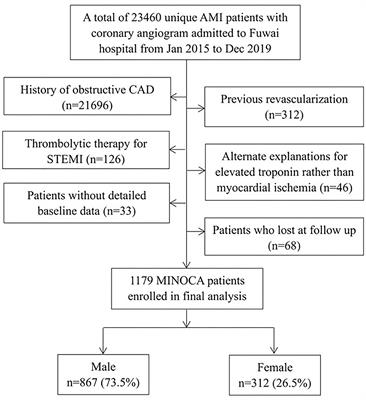
ORIGINAL RESEARCH
Published on 03 May 2021
